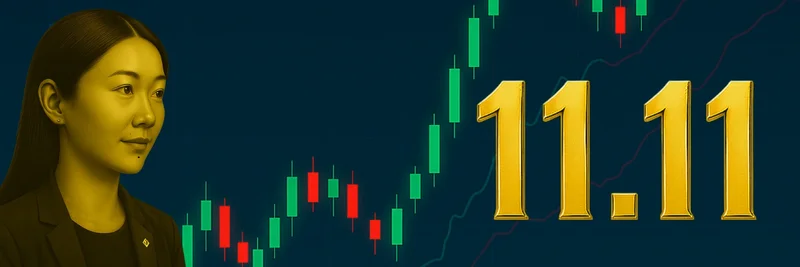The Promise of Transparent Finance Falls Short
Hey there, crypto enthusiasts! If you’ve been keeping an eye on the decentralized finance (DeFi) space, you might have noticed a tweet from wartime perp | drift (@crispheaney) that’s got people talking. Posted on August 4, 2025, at 22:23 UTC, the tweet reads: "we were promised transparent, verifiable finance instead we got black box AMMs spoofing closed source aggregators." This short but powerful statement has sparked a lively thread, and it’s worth diving into what it means for the future of blockchain finance.
What Went Wrong with the DeFi Dream?
The idea behind DeFi was simple yet revolutionary: use blockchain technology to create a financial system that’s open, transparent, and verifiable by anyone. Unlike traditional finance, where banks and institutions control the flow of money behind closed doors, DeFi promised a world where smart contracts and decentralized networks would let us all see how things work. Articles like this one from FinTech Strategy highlight how blockchain enables real-time auditing and reduces reliance on middlemen. So, what happened?
The tweet suggests we’ve veered off course. Instead of the clear, open systems we were promised, we’re now dealing with Automated Market Makers (AMMs)—think of them as algorithms that automatically set prices for crypto trades—and aggregators, which are platforms that pull liquidity from various sources to give users the best rates. The problem? These AMMs and aggregators are increasingly becoming "black boxes"—systems where the inner workings are hidden or unclear—and some are even closed-source, meaning the code isn’t publicly available for review.
The Community Weighs In
The thread following the tweet is a goldmine of opinions. Valjean (@Valjean_246O1) jokingly mentions getting an NFT out of the deal, while pulsss (@0xPulsss) points out that Web3 developers might be repeating the mistakes of Web2, like opaque systems and lack of accountability. Others, like CatGod | SandHive (@CatGodSandHive), ask if we can still achieve transparency, and Crypto Jo (@Kripto_Jo) argues that while it might not be transparent, it’s still verifiable to some extent.
This debate touches on a core tension in DeFi. On one hand, platforms like Phemex emphasize that DeFi’s transparency comes from public data and smart contracts. On the other, the rise of complex, proprietary systems is making it harder for the average user to trust or understand what’s happening under the hood.
Black Box AMMs and Closed-Source Aggregators Explained
Let’s break it down. An AMM is like a 24/7 trading bot that uses a mathematical formula to determine prices based on supply and demand in liquidity pools. Popular examples include Uniswap and SushiSwap. Aggregators, meanwhile, like 1inch or Matcha, scan multiple DeFi platforms to find the best trade prices. Sounds great, right? But when these systems become "black boxes"—either because their algorithms are too complex or the code is closed-source—it’s tough to verify if they’re fair or secure.
This isn’t a new problem. The Investopedia article on black box models reminds us of the 1998 collapse of Long-Term Capital Management, where a hidden strategy nearly tanked the financial system. In DeFi, the stakes are similar, but the technology is still evolving.
What This Means for Meme Tokens and Beyond
At Meme Insider, we’re all about keeping you in the loop on meme tokens and blockchain trends. While this thread doesn’t directly mention meme coins, the implications are huge. Many meme tokens rely on DeFi platforms for trading and liquidity. If AMMs and aggregators are opaque, it could affect the fairness of trades or even open the door to manipulation—something meme token communities are already wary of.
Looking Ahead: Can We Fix This?
The good news? The crypto community is vocal and innovative. Suggestions in the thread, like Cabana Exchange’s question about decentralization, and Introduction.com’s nod to the DEX-to-CEX pipeline, show people are thinking about solutions. Maybe it’s time for more open-source projects or better tools to audit these systems. What do you think—should we demand more transparency, or is this just the messy evolution of a new financial frontier?
Drop your thoughts in the comments, and stay tuned to Meme Insider for more updates on DeFi and meme token news!




